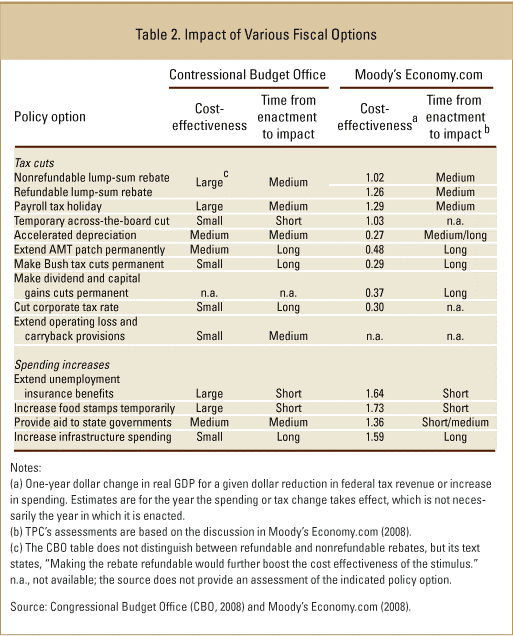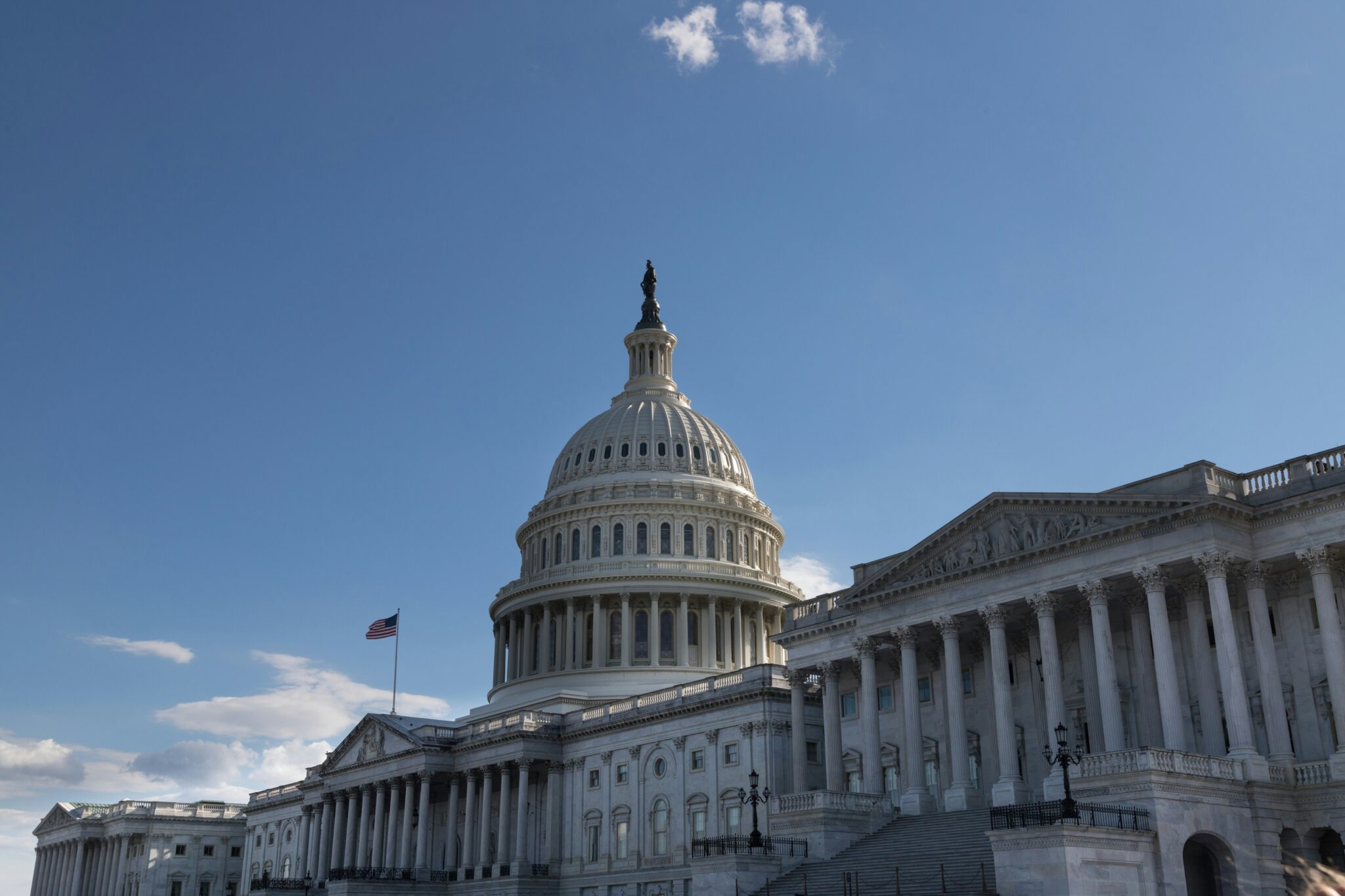The House of Representatives is expected Wednesday to vote on an economic stimulus package, H.R. 1, the ‘‘American Recovery and Reinvestment Act of 2009’’. At the same time the Senate is working on similar legislation. With an $825 billion price tag, there’s reason to be concerned about the size and design of the package.
When you are talking about borrowing nearly $1 trillion to pay for the stimulus, it is essential that the proposals implemented are those that actually work, and those that have the most stimulus bang for the buck. Any spending increases or tax cuts should be targeted so as to have the most effect on getting the economy moving, and as quickly as possible.
Listening to members of Congress and the media, it can be hard to parse out what proposals are based on faith and ideology, what proposals are based on experience and facts, and what proposals are mixtures of both. It is generally the case that Democrats prefer direct spending and tax incentives, while Republicans favor tax cuts as the best methods for energizing the failing economy. But this doesn’t tell the whole story. Not all spending is equal and not all tax cuts are equal.
Directing money to those who need it most is likely to provide the biggest, fastest boost to the economy. So the theory behind a temporary payroll tax cut and increasing Food Stamp aid is the same: both would immediately put money into the hands of consumers most likely to spend money and therefore into the hands of business owners. Both measures keep the economy moving, but neither is likely to create new jobs. Similarly, investment tax credits and infrastructure spending can have a direct effect on initiating projects or accelerating those already underway. And these latter two measures are more likely to create as well as retain jobs. Research conducted by Moody’s economist Mark Zandi, reported in House testimony, finds that all these types of stimulus have the most direct effect on the economy.
In January 2008 the Congressional Budget Office released a report discussing the impacts on economic stimulus that various legislative actions would have. They assessed various proposals, including many covered by Zandi’s report as well, against three measures: cost effectiveness, timeliness of impact, and on how certain it was that the action would actually have an impact.
The three proposals, according to Zandi, that brought the best return were a temporary increase in Food Stamps – now known as the Supplemental Nutrition Assistance Program (SNAP), extending unemployment insurance benefits, and increased infrastructure spending. The three worst returns on investment came from a change to accelerated depreciation (a type of business tax cut), cutting the corporate tax rate, or making the Bush tax cuts permanent. And, though none were at the top of the list, some types of tax cuts can be stimulative according to Zandi – such as a temporary payroll tax holiday, a lump sum tax rebate, or certain types of investment tax incentives. The CBO report concludes that many of the proposals deemed to have the best return are also those that may be implemented most quickly.
Listening to the debate it is also clear that Congress is already trying to use the stimulus bill as a way to address other problems. For example, a provision to extend the patch to reduce the number of people affected by the Alternative Minimum Tax – an item which may be added to the bill because it is popular with both sides – has little stimulative effect according to Zandi’s calculations. The Tax Policy Center chart below combines the Zandi and CBO analyses side by side to help with comparisons between bang for the buck and timeliness. The full Tax Policy Center analysis of stimulus proposals is available here. (Article continues below chart)
Getting the timing right to reap the stimulus benefits quickly is an important detail that can be difficult to achieve. For example, while infrastructure projects can have a large return on investment, the effect on the economy may be drawn out over a long period and thus may not have the immediate effect intended. A recent CBO analysis of infrastructure spending in H.R. 1outlined just such an outcome, and led some to criticize infrastructure projects in the stimulus bill now under consideration. Proponents of the legislation countered that critics were focused on only a small portion of a much larger proposal, and further that many “shovel ready” infrastructure projects would begin immediately, which they said the CBO did not adequately take into account. A story on the back and forth is available here. More recently, CBO provided an analysis of the entire bill that is available here.
Like it or not, a large stimulus package is coming. Some warn that it may end up exceeding a trillion dollars. And while we may cringe at the cost, we urge that Congress carefully consider both which programs will have the most immediate impact and – perhaps equally important – that the tools chosen are those that will have the largest impact. Some combination of direct spending and targeted tax provisions seems the best answer for boosting the economy, and gaining and retaining jobs.











